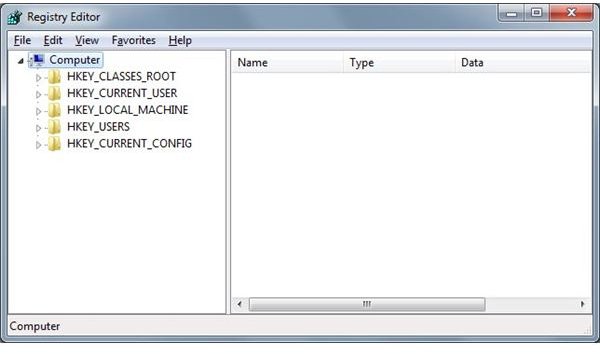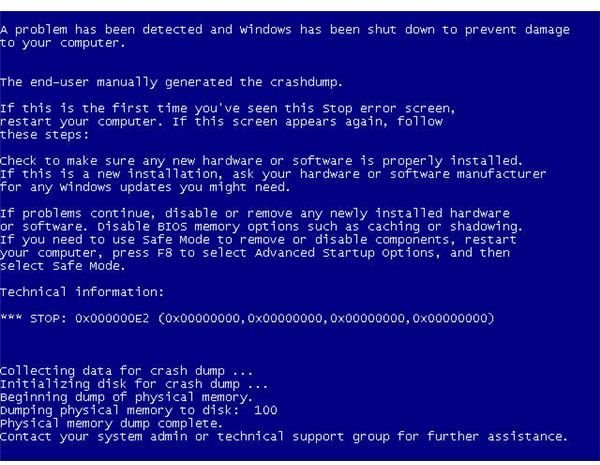How to Fix a Windows 7 Blue Screen on Startup
I recently upgraded my personal desktop computer to Windows 7 and it gave me fits when it came to installing the drivers for my Linksys USB Wireless card. I kept updating and reinstalling drivers until I eventually wound up with some corrupt registry entries I could not delete, and then I tried forcing the wrong kind of driver and got a BSOD, or blue screen of death. Every time I turned on the computer after that, it gave me a Windows 7 blue screen on startup and would not even let me log into the system. Such hardware/software installation woes have always been an issue with the various versions of Windows, and in this article, I will explain how to work around the problem.
What Causes Windows 7 Blue Screens?
If you are getting a Windows 7 blue screen on startup, it means something has been incorrectly installed on your system. The culprit will most likely be an incorrect driver that is causing the system to crash, or it could be some recently installed software that is conflicting with another programs. Since drivers are technically software, it could be a combination of both.
The first thing you should do to help resolve this problem is to remove or disconnect any new hardware you have recently installed. If it is some USB device, remove it from the USB port and see if you still get the blue screen. If not, try plugging the USB device back into the port and see if Windows 7 gives you a blue screen. If it does, you have located the source of the problem. Try the same thing with internal components like sound cards, network cards, and so on. With USB devices, you may also want to try plugging them into different USB ports.
In addition to incorrect drivers being installed, it could be that you are trying to connect a bad piece of hardware. Are you sure the device you are trying to connect is actually functional? Try testing the hardware in another machine, if you have one available.
(Image credit: About.com)
Stop the Windows 7 Blue Screen on Startup
Once you have determined which piece of hardware is making trouble, you have three options. First, you should uninstall the drivers then try to reinstall the device with new or updated drivers. Second, you should disable the device in the Device Manager. Third, use System Restore to go back to before you ever tried installing the hardware and drivers, and then try again with new drivers.
If the cause of your Windows 7 blue screen is some kind of software, the best way to get rid of it is to boot into Safe Mode and uninstall the software. If you cannot uninstall it or errors pop up while trying to remove the program, then you should run System Restore to go back to a date before the new software was installed.
Registry Edits for Manual Driver Removal

Unfortunately, Windows 7 is still no better than any previous version of Windows when it comes to uninstalling software because it still leaves behind settings and information buried deep inside the registry. I recently ran into a problem with an HP laser printer that would not work on a PC no matter how many different ways I tried to install and reinstall the drivers. I had to search the entire registry and delete every key that made any reference to that printer before I could finally reinstall the drivers again.
Registry edits are not intended for novice users because you can easily mess up Windows by making changes if you are not sure what you are doing. The manual removal method, as described above with the troublesome HP printer, is only recommended when all else fails.
Once your system is back in working order, you may consider using a Windows 7 registry cleaner to clear out any unnecessary registry entries that may have been left behind.
